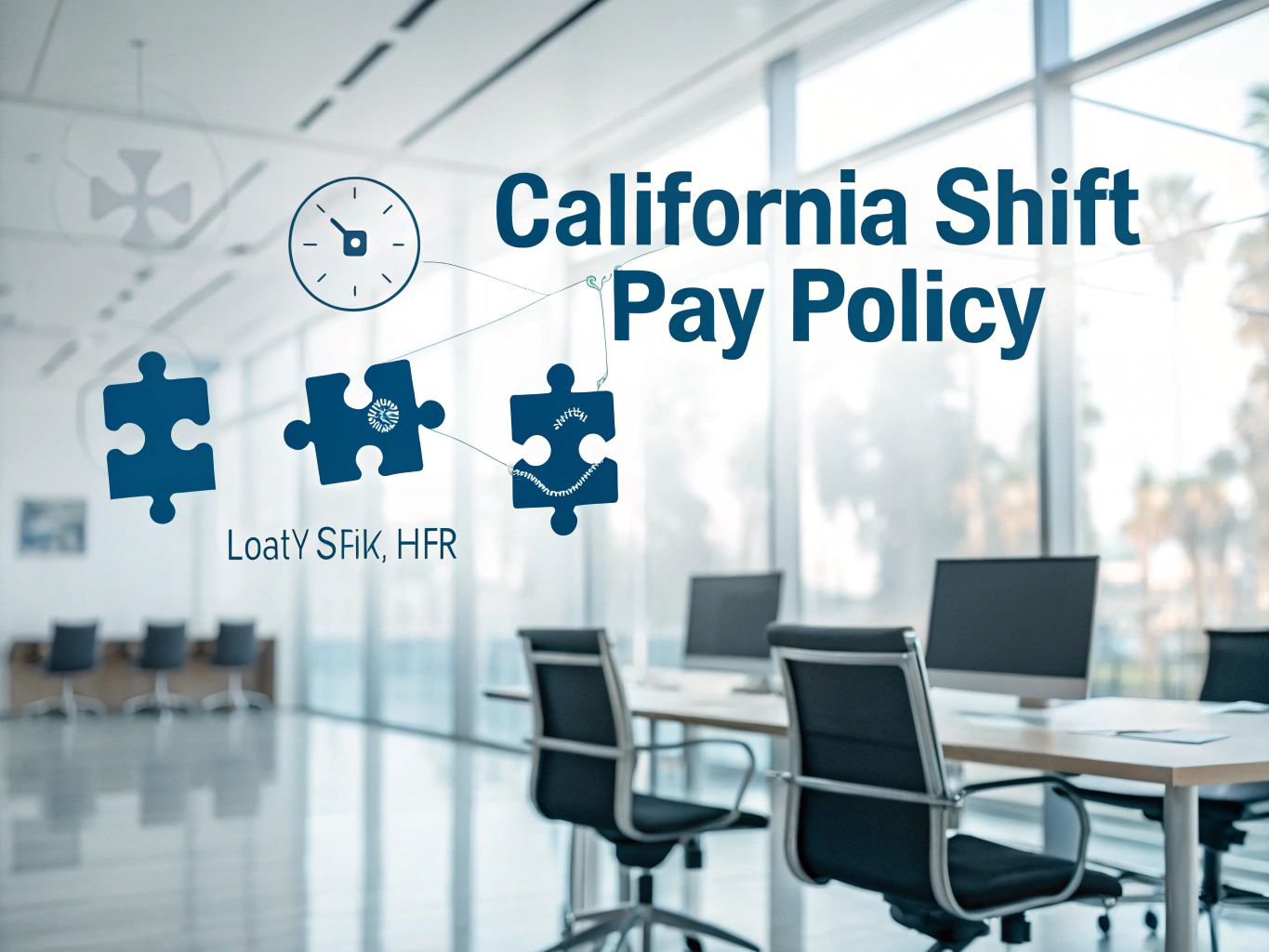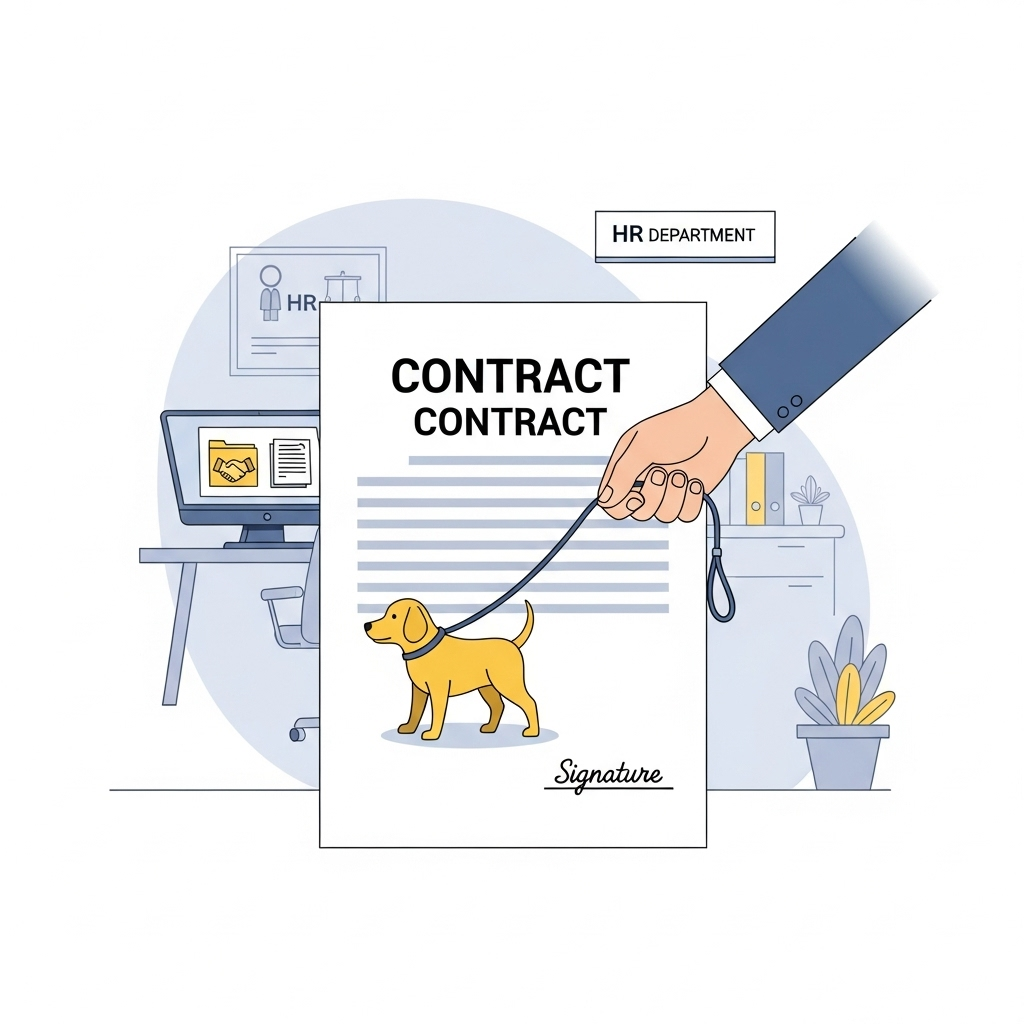Definition
The California Split Shift Pay Policy is a set of guidelines designed to ensure that employees in California are fairly compensated when their work schedule is divided into two or more shifts with a break in between. This policy is crucial for maintaining compliance with state labor laws while also recognizing the unique challenges that come with split shift scheduling.
Key Components
Understanding the California Split Shift Pay Policy involves knowing its key components, which outline how split shifts work and how employees should be compensated. Here are the main elements you need to consider:
- Definition of a Split Shift: A split shift occurs when an employee’s work schedule is divided into two or more work periods with a break of more than one hour in between. For example, if an employee works from 8 AM to 12 PM and then from 3 PM to 7 PM, that constitutes a split shift.
- Split Shift Pay Rate: Employees working a split shift are entitled to additional compensation, typically one extra hour of pay at the state’s minimum wage rate. So, if the minimum wage is $15, a worker will receive an additional $15 on top of their regular earnings for that split shift.
- Calculation of Split Shift Pay: To calculate what an employee earns for a split shift, start with the total hours worked, subtract the first work period, and then apply the split shift pay rate to the remaining hours. For example, if a worker has a total of 8 hours but works a 4-hour first shift, they would receive an additional hour of pay for the split shift.
- Recordkeeping Requirements: Employers must keep accurate records of all split shifts worked, including start and end times, total hours, and any extra pay. This documentation is vital for compliance and should be maintained for at least three years.
- Compliance Expectations: Both employees and managers must adhere to this policy to ensure fair compensation and avoid penalties. Non-compliance could lead to disciplinary actions, including termination.
Importance in the Workplace
Implementing a California Split Shift Pay Policy is not just about following the law—it’s about fostering a fair and equitable workplace. For instance, imagine you run a restaurant that has peak hours for lunch and dinner. Employees might find themselves working a split shift to cover these busy times. By adhering to this policy, you ensure that these workers feel valued and receive appropriate compensation for their flexibility and dedication. This can lead to higher morale and lower turnover, which is a win for everyone!
Best Practices
To effectively implement the California Split Shift Pay Policy in your workplace, consider the following best practices:
- Communicate Clearly: Make sure all employees understand the split shift policy and how it affects their pay. Regular training sessions or informational meetings can help reinforce this knowledge.
- Monitor Schedules: Keep an eye on employee schedules to identify potential split shifts ahead of time. This proactive approach allows you to inform employees of their rights and the additional pay they’ll receive.
- Maintain Accurate Records: Invest in a reliable time-tracking system to ensure that all split shifts are documented accurately. This not only helps in compliance but also protects your business in case of any disputes.
- Encourage Feedback: Create an open line of communication where employees can share their experiences with split shifts. This feedback can help you refine your policy and improve employee satisfaction.
- Stay Updated: Regularly review the policy to ensure it aligns with current California labor laws. This will help you stay compliant and avoid any potential legal issues.
Legal Considerations
When implementing a California Split Shift Pay Policy, it’s essential to be aware of the legal obligations that come with it. California labor laws stipulate specific requirements regarding split shift compensation, and failure to comply can result in hefty fines and penalties. Make sure you are familiar with the California Labor Code, especially sections that pertain to pay rates and employee rights. Consulting with a legal expert or HR professional can also help you navigate these complexities.
Conclusion
In summary, understanding and implementing a California Split Shift Pay Policy is vital for both compliance and employee satisfaction. By establishing clear guidelines, keeping accurate records, and fostering open communication, you can create a work environment that values the contributions of all employees. Remember, a well-informed workforce is not only happier but also more productive, ultimately benefiting your organization as a whole.




